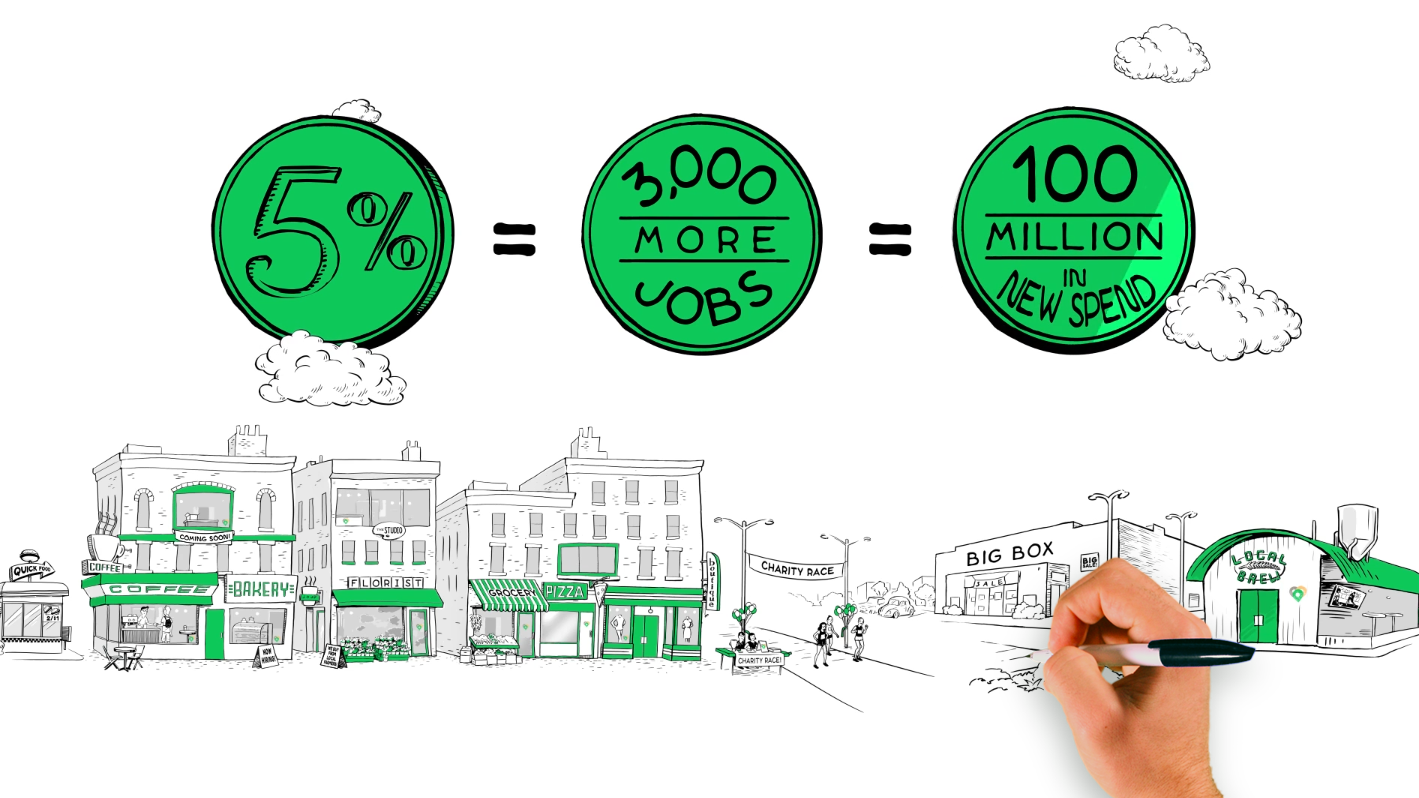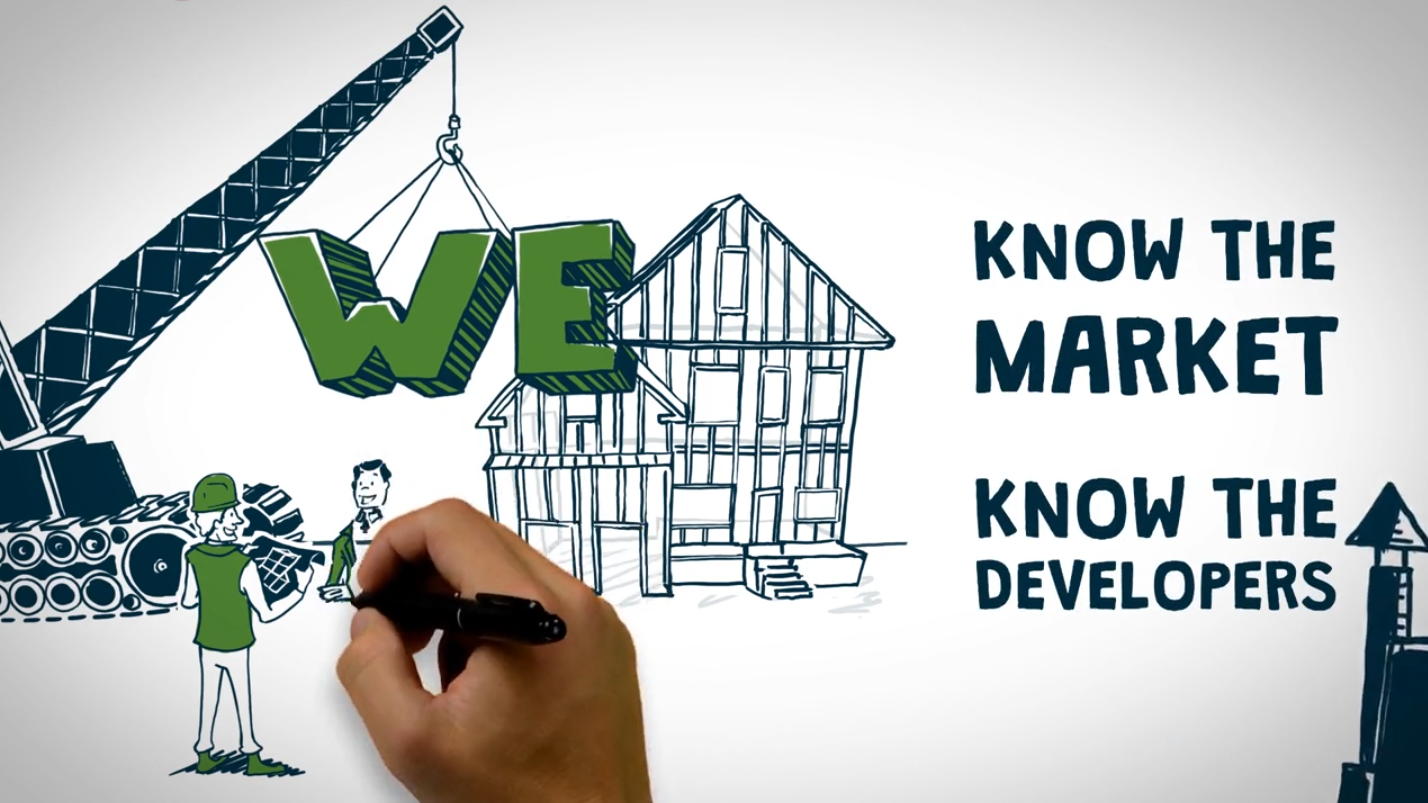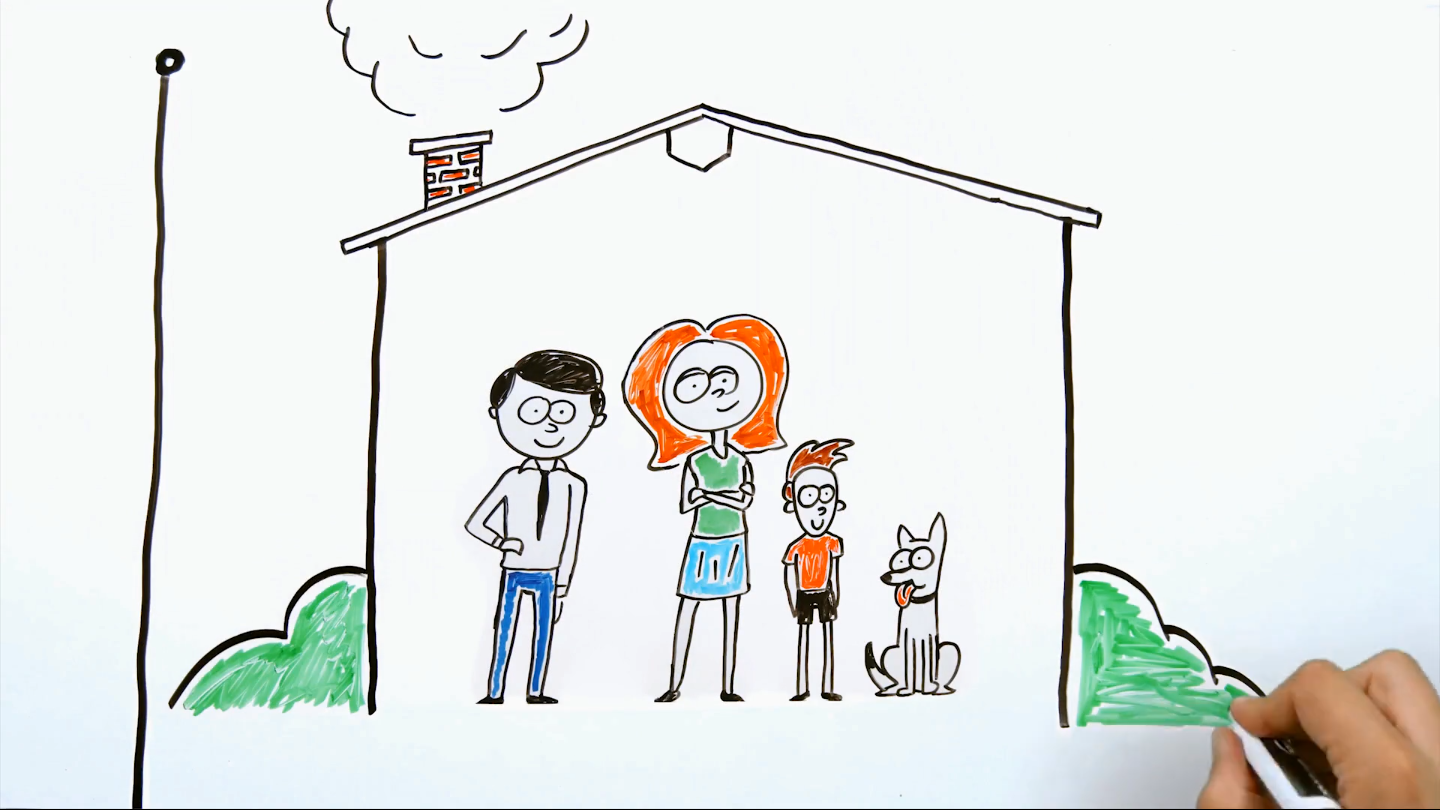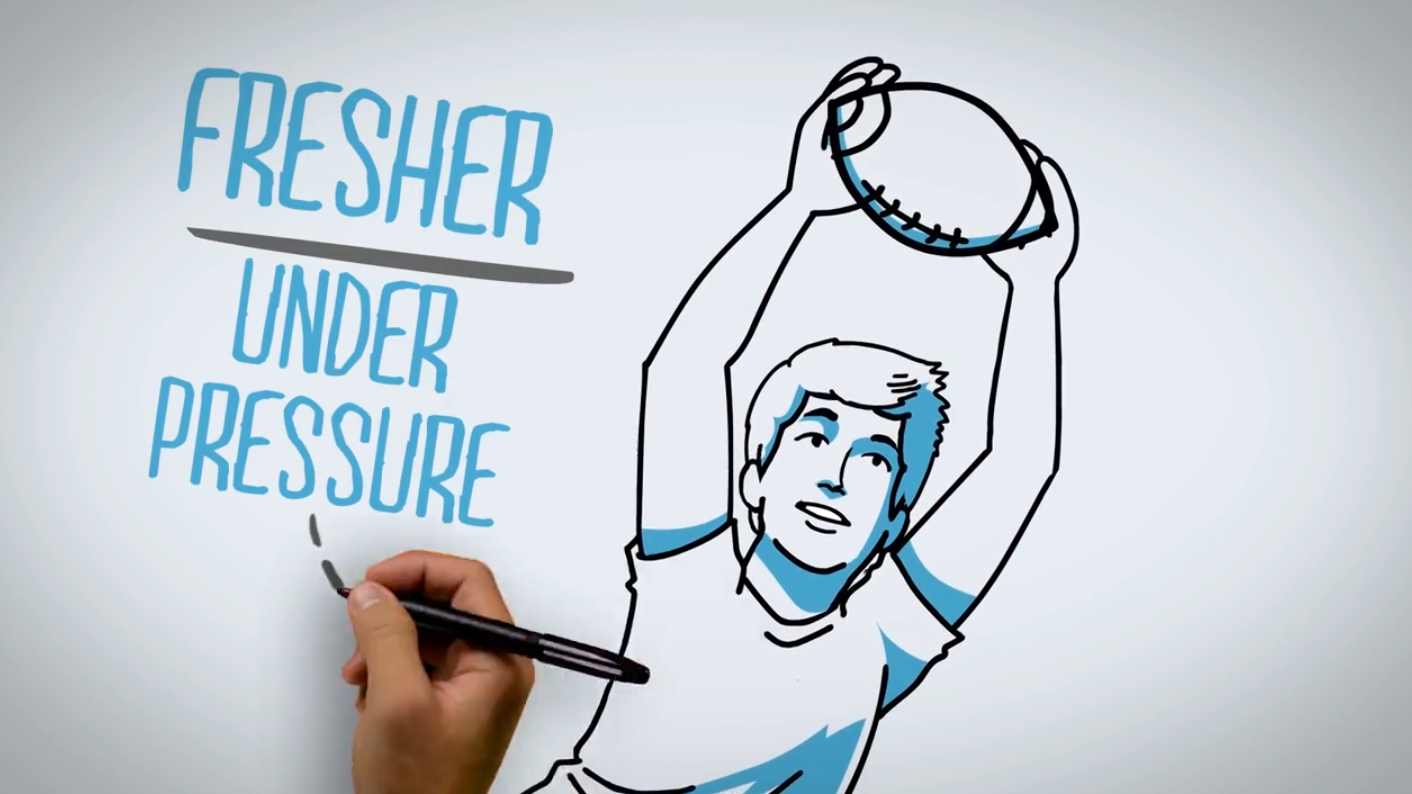Whiteboard video animation and working with your team electronically is a natural fit. After all, whiteboard video animation is itself an electronically generated method of communication. What’s more, working with your whiteboard studio remotely builds in several covert advantages that can keep your project on-track and efficient. Let’s explore some of these so that you’re prepared if anyone on your team raises objections about not being able to work with a vendor in person. They might never have considered some of the following benefits.
Time Zones Don’t Matter
Business is unavoidably global. Even at the moment your head hits the pillow in New York City your colleagues at the branch office in Sydney are hard at work the very next day. Working electronically sidesteps the daunting task of having to arrange one single time when everyone will be able to communicate together. People can contribute what they can, when they can. Often, there isn’t even the need for a conference call. So, if you find a whiteboard video animation vendor in another part of the world for the right price, don’t hesitate. They’ll be animating while you’re asleep!
- 0 Comments
- Topic: whiteboard video animation




